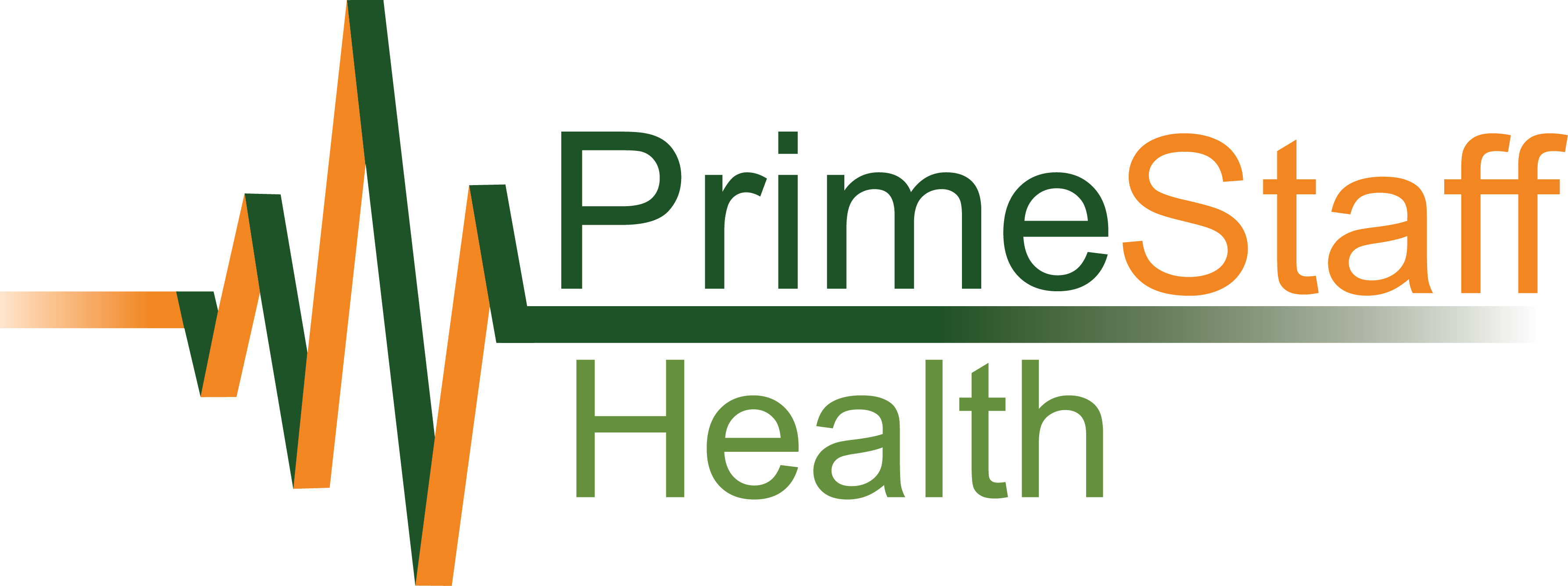Drug and alcohol screening programs are vital components of workplace safety, particularly in industries where safety-sensitive positions are prevalent, such as transportation. These programs help ensure that employees are fit for duty and maintain a safe working environment. However, the effectiveness of these programs heavily relies on the accuracy and reliability of the screening process.
Although some transportation companies handle all their breath alcohol testing and urine drug screening in house, through their own internally administered program, most companies outsource these collections and tests to other service agents. Even when services are outsourced, the company retains responsibility for the actions of their service agent. DOT considers auditing the work of your service agents to be a “best practice”. The 2015 ODAPC Employer Guidelines on Drug and Alcohol testing states “If you use a service agent, you should take a “hands-on” approach, and you should not assume the service agent will do everything right.”
Purposes of an Audit
Auditing drug and alcohol screening service providers is essential for maintaining the integrity and effectiveness of these testing programs. Audits serve several key purposes:
1) Ensuring Compliance: Audits help organizations verify that drug and alcohol screening processes align with regulatory requirements and industry standards.
2) Quality Assurance: Assessing the accuracy and reliability of testing methods, procedures, and equipment helps identify areas for improvement.
3) Identifying Training Needs: Audits highlight training gaps or deficiencies among personnel responsible for administering tests, ensuring they are adequately trained and competent.
4) Detecting Fraud or Misconduct: Audits can uncover instances of fraudulent behavior or non-compliance with testing protocols, ensuring fairness and transparency.
Audit Process
Implementing a thorough and systematic audit process is crucial to achieving meaningful results. A successful audit process should include:
a) Audit Planning: Define audit objectives, scope, and methodology. Determine the frequency of audits based on risk assessment and regulatory requirements.
b) Documentation Review Examine policies, procedures, and records related to drug and alcohol testing to ensure they are up-to-date and compliant.
c) Physical Inspection: Evaluate testing facilities, equipment, and storage conditions to ensure they meet required standards.
d) Interviews and Observations: Engage with personnel involved in administering tests to assess their knowledge, adherence to protocols, and competency.
e) Data Analysis: Review test results, corrective actions taken, and trends over time to identify areas needing improvement or further investigation.
Auditing drug and alcohol screening programs is essential for organizations committed to maintaining workplace safety, regulatory compliance, and employee wellness. By conducting regular audits, organizations can ensure the accuracy, reliability, and fairness of their screening processes while identifying opportunities for improvement. Investing in robust audit practices not only enhances the effectiveness of drug and alcohol screening programs but also strengthens organizational integrity and commitment to safety. By prioritizing auditing, organizations demonstrate their dedication to maintaining a safe and productive work environment for all employees.

